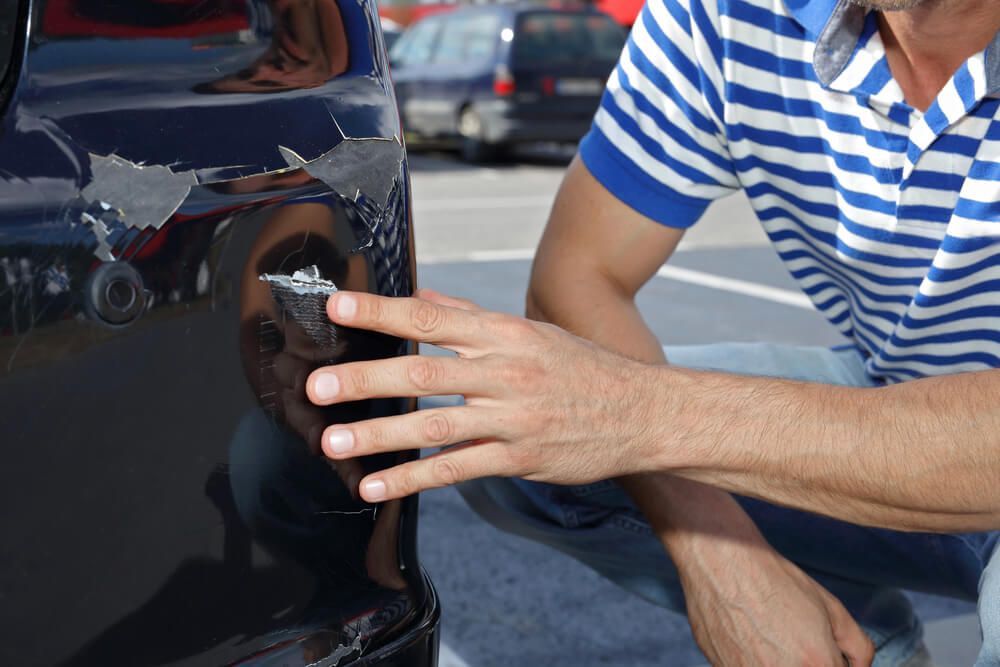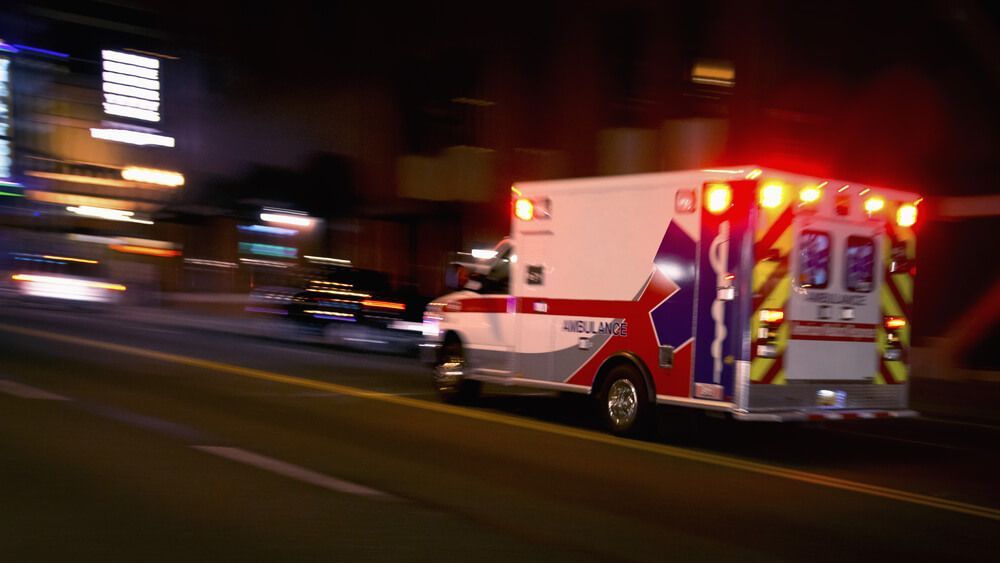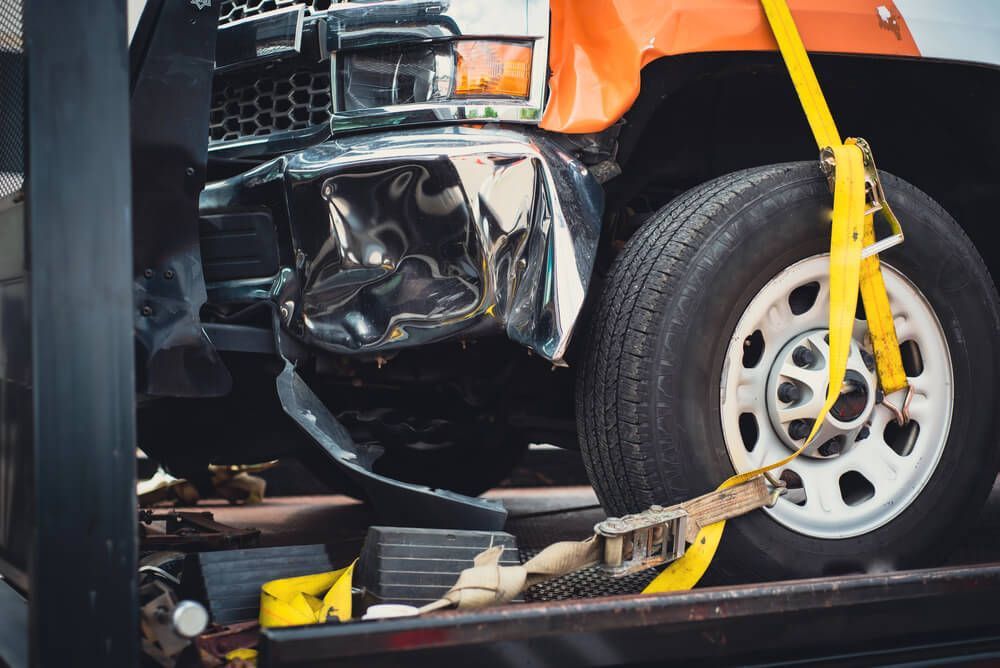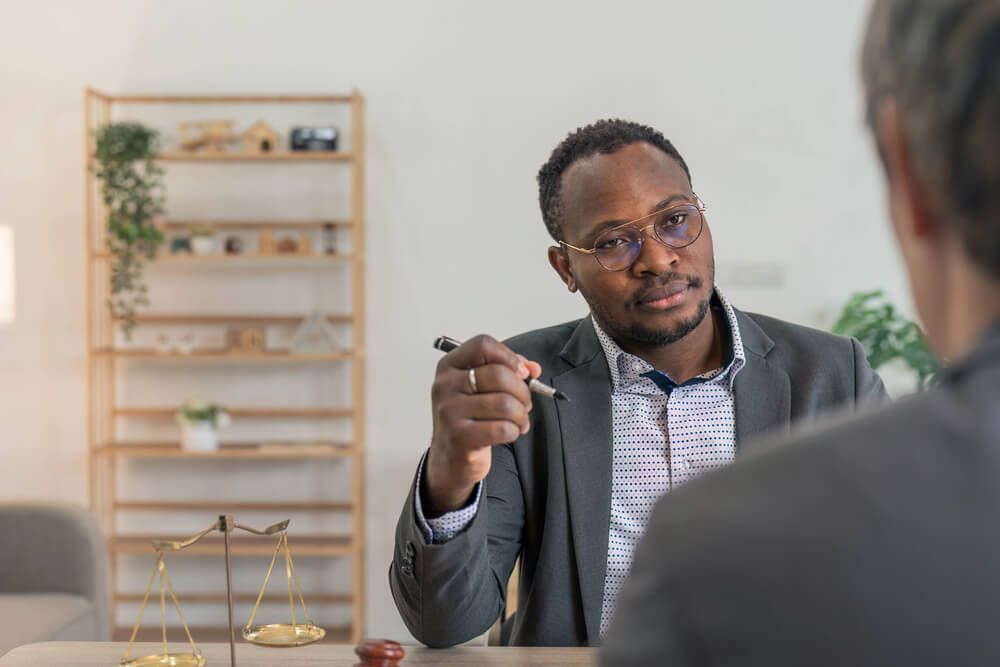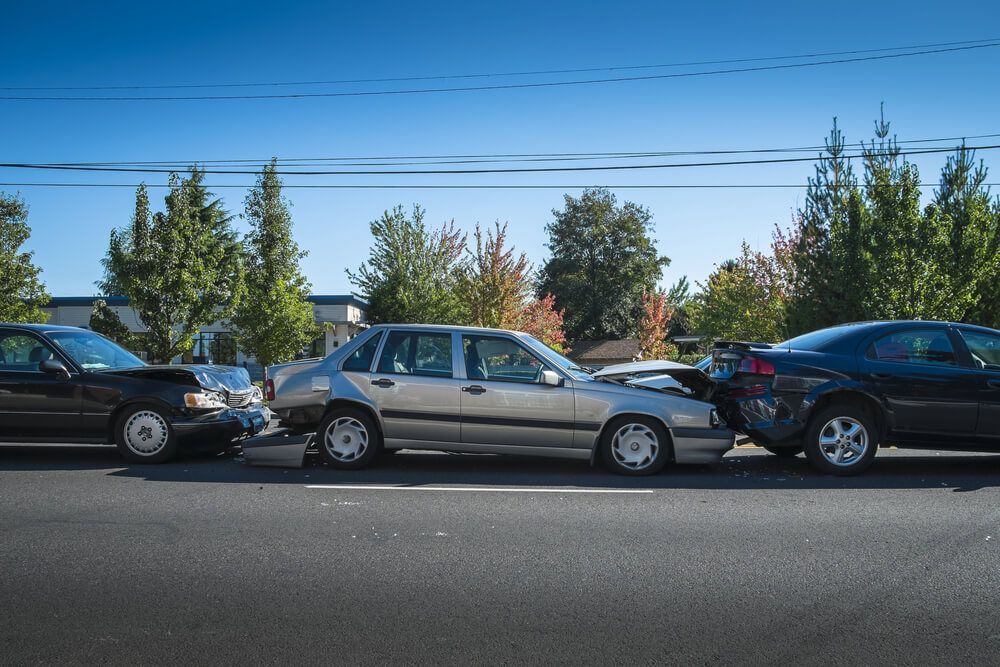Who Is At-Fault in a T-Bone Car Accident in Arizona?
Recent Blog Posts
Who Is At-Fault in a T-Bone Car Accident in Arizona?
Side-impact crashes, typically referred to as T-bone crashes, often result in major injuries and property damage for the people and vehicles involved. Victims of these incidents are often able to recover compensation, but not before determining liability for the incident. Here, we want to review potential liability issues after a T-bone collision occurs, and we strongly encourage you or a loved one to reach out to a Phoenix car accident attorney if you have been harmed in an Arizona car crash.
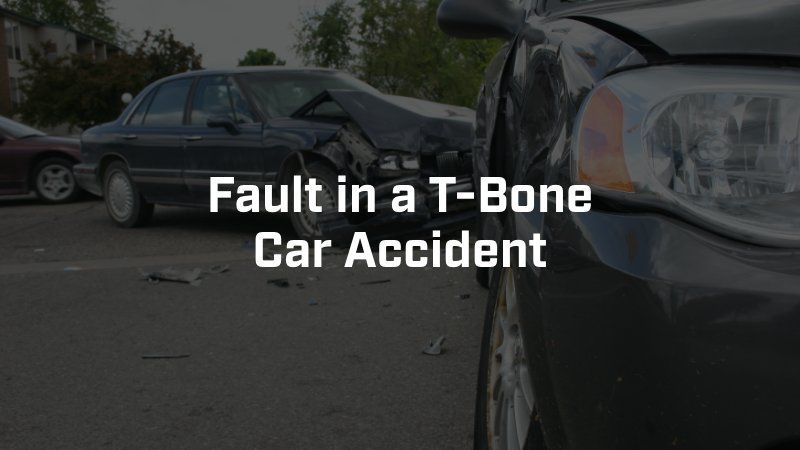
Examining the Common Causes of T-Bone Crashes
T-bone collisions occur in a variety of ways throughout the state of Arizona, and examining the causes of a T-bone collision can help us understand who may be at fault after these incidents occur. Depending on the exact situation, fault may be immediately clear, but it may not. There may even be more than one party responsible for causing a T-bone collision. There are several different aspects of each collision that need to be examined in order to determine liability.
Some of the most common scenarios in which T-bone collisions occur in Arizona include the following:
- A driver fails to stop at a stop light or stop sign, increasing the chances a T-bone collision will occur with other vehicles in the intersection.
- A driver makes a left-hand turn but fails to yield the right of way to oncoming traffic, resulting in an oncoming vehicle T-boning the side of the vehicle turning left.
- One driver fails to yield the right of way when exiting a driveway, alleyway, or parking lot, and this puts them into the path of oncoming traffic with the right of way.
This is certainly not a complete list of the ways the T-bone collisions can occur, but it does outline some of the common scenarios for these incidents. In most situations, a side impact crash occurs because another driver fails to yield the right of way to someone else. Failing to yield the right of way is a violation of state law, and an investigation needs to uncover which driver failed to yield.
Determining Liability After a T-Bone Collision
Determining liability after a T-bone collision can be challenging and involves gathering as much evidence as possible. Some of the main types of evidence used to determine the fault in these scenarios include:
- Photographs showing the location of vehicle damage
- Video surveillance footage of the incident, if available
- Statements from eyewitnesses and other drivers
- The police report
- Vehicle black box data
In some situations, particularly if fault is not immediately clear, it may be necessary to work with an accident reconstruction expert to more clearly determine liability.
Call an Attorney for Help Securing Compensation
If you or somebody you love has been injured due to the negligent actions of another driver, reach out to an attorney today. A skilled Phoenix personal injury lawyer can handle every aspect of the claim on your behalf. This includes communicating and negotiating with the insurance carriers and even filing a personal injury lawsuit if it becomes necessary. You deserve compensation if another party caused your crash, and we can help.
